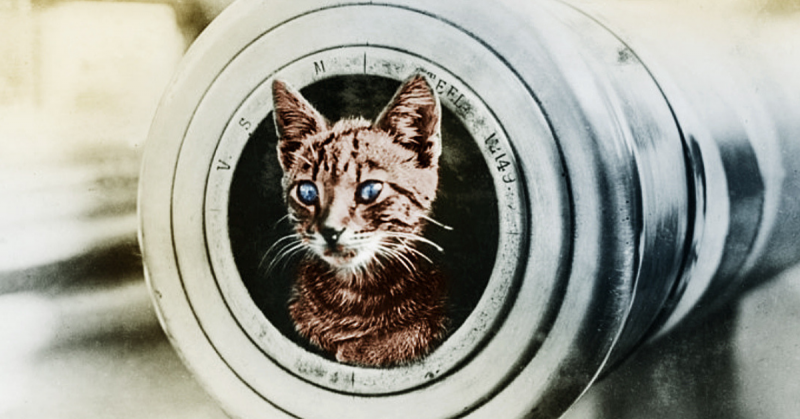Since ancient times, there are stories of ships in which cats were indispensable inhabitants. The main purpose of cats was to fight against rodents, since rats created trouble for the crew and even carried germs that caused the plague.
In addition, in difficult times, cats helped the crew get rid of stress. According to research, the ancient Egyptians, while traveling on the Nile, used cats to catch birds. Later in the 8th and 9th centuries, the Vikings adopted the practice of transporting cats for catching rodents.
During the Second World War, many cats became known for their service on ships. One of the most unusual ship cats is “Unsinkable Sam” also known as “Oscar.” This black and white cat was known for being a member of both the German and British fleets, and survived the sinkings of three different ships.
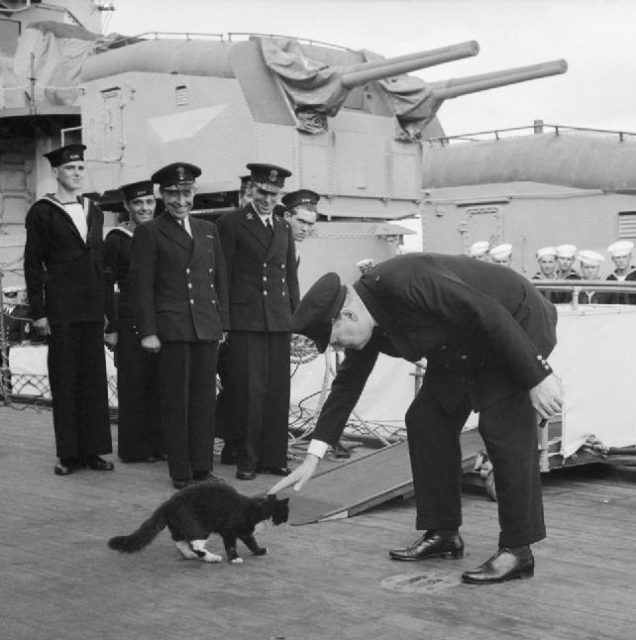
The military career of Unsinkable Sam began when one of the sailors of the German battleship Bismarck carried Sam aboard. On May 18, 1941, Bismarck sailed from the port of the occupied Polish city of Gotenhafen during Operation Rheinübung (Exercise Rhine). Bismarck‘s task was to tie down British escort ships, while another heavy cruiser, Prinz Eugen, was supposed to attack merchant ships.
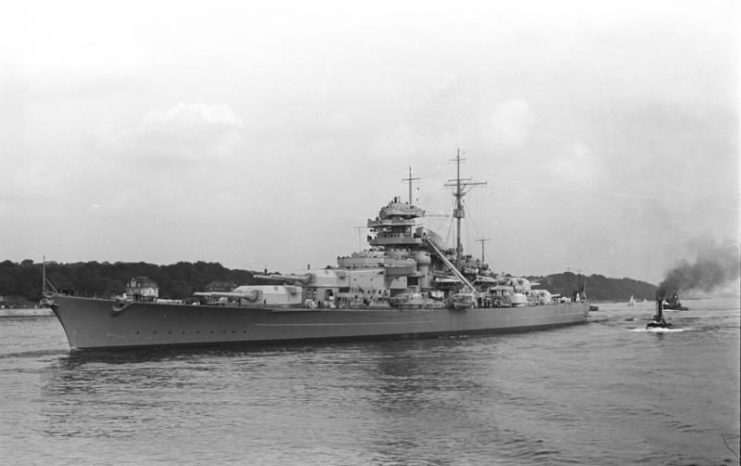
On May 27, 1941, during fierce fighting Bismarck was sunk by a British squadron. Of the 2,200 sailors on board, only 115 managed to escape, and among them was Sam. After several hours, the sailors of the British destroyer HMS Cossack found him floating on some wreckage and took him aboard. Not knowing the real name of the cat, the British sailors gave him the name Oscar.
According to the International Code of Signals, a square, diagonally red and yellow flag is called Oscar, and denotes “man overboard.” There is an opinion that this is the reason the British called the cat by this name.
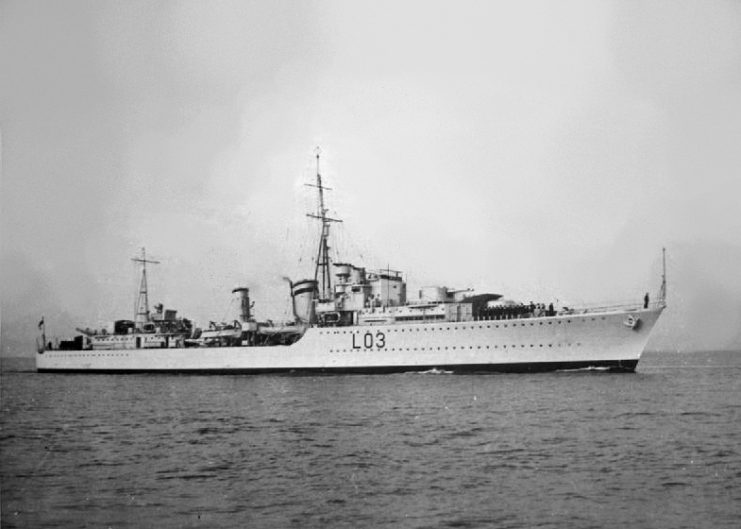
Losses of merchant ships from German aviation and submarines by that time had increased significantly, so the British command decided to convoy ships for more security. As a rule, convoys consisted of light cruisers, several destroyers, and an aircraft carrier. For the next few months, Oscar served on board the Cossack while escorting several convoys in the North Atlantic and the Mediterranean.
On October 24, 1941, HMS Cossack departed from Gibraltar en route to Liverpool in the convoy escort HG-75. Later that day, a torpedo launched by the German submarine U-563 seriously injured her. As a result of the damage, 159 sailors were killed, and the surviving crew had to switch to the destroyer HMS Legion.
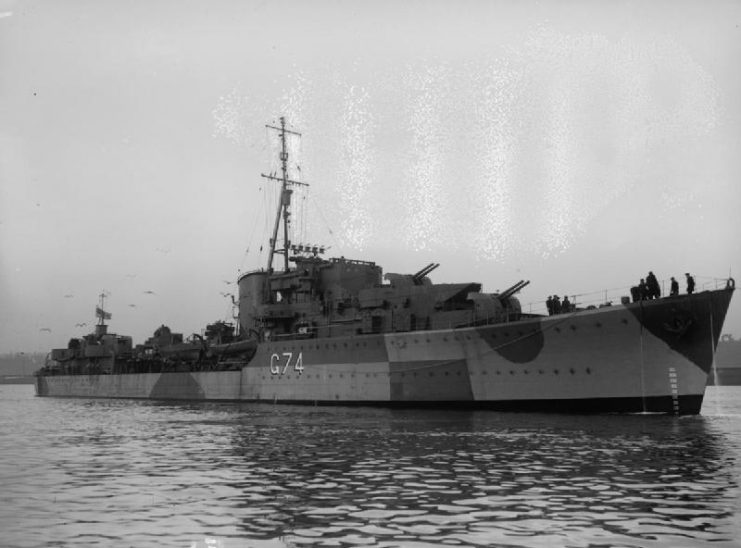
The attempt to tow the damaged destroyer back to Gibraltar was unsuccessful due to the rapidly deteriorating weather conditions. On October 27, 1941, Cossack sank to the west of Gibraltar. Once again, the cat survived and was taken to Gibraltar, where officers, learning about his adventures, nicknamed him Unsinkable Sam.
Soon after the sinking of Cossack, Unsinkable Sam was taken on board the aircraft carrier HMS Ark Royal, which by that time had participated in many military operations and earned the reputation of a lucky ship. By coincidence, she and Cossack had played an important role in the destruction of Bismarck.
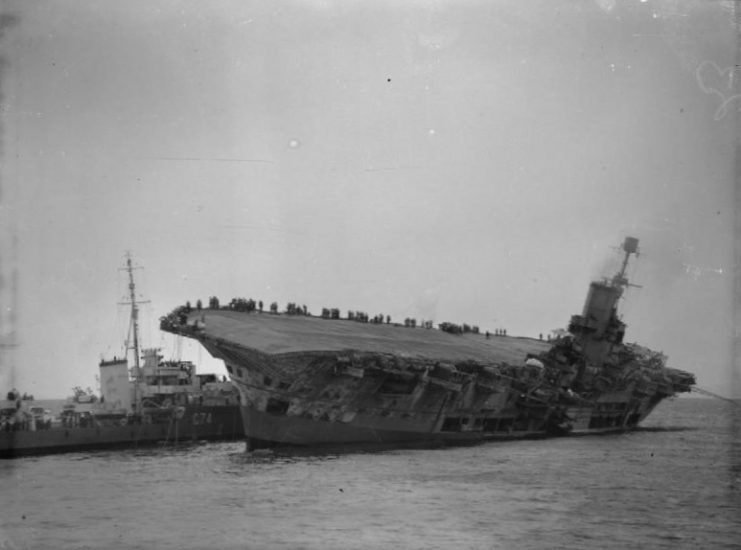
On November 14, 1941, the German submarine U-81 torpedoed Ark Royal during her return from Malta to Gibraltar. The German torpedo made a big hole in the aircraft carrier, and an attempt to tow her failed. Soon Ark Royal sank, 30 miles east of Gibraltar, after the entire crew abandoned ship. The crew of a patrol boat rescued Sam and the remaining sailors who were desperately clinging to the wreckage. Rescuers who found the cat described it as “angry but quite unharmed.”
All the survivors were first transferred to the destroyer HMS Lightning, and then to the destroyer HMS Legion, which had previously participated in the rescue of Sam and his fellow sailors. On March 26, 1942, the Legion was sunk in an air raid, and on March 12, 1943, the Lightning was also sunk.
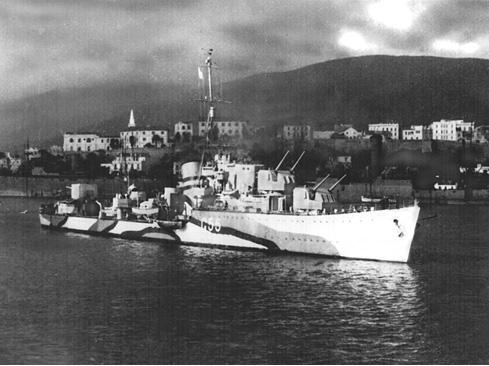
The demise of the Ark Royal was the end of Sam the cat’s shipboard career, for it was decided to leave him on shore. He was placed in the office of the Governor-General of Gibraltar and lived there for some time. Sam was later taken to the U.K. where he received room and board in the home for sailors in Belfast.
In 1955, Unsinkable Sam died on the beach. During his lifetime, he had become famous. In his honor, the artist Georgina Shaw-Baker made a pastel drawing of him, which is in the National Maritime Museum in Greenwich.
Read another story from us: Dogs of War: Man’s Best Friends During Wartime + 33 photos
However, there are critics in the form of historians and history buffs who bring arguments discrediting the history of Sam, pointing out the absence of any preserved photographs of the cat. On the Internet, the story of Unsinkable Sam is often mistakenly illustrated with photographs of another, no less famous ship’s cat named Simon.
